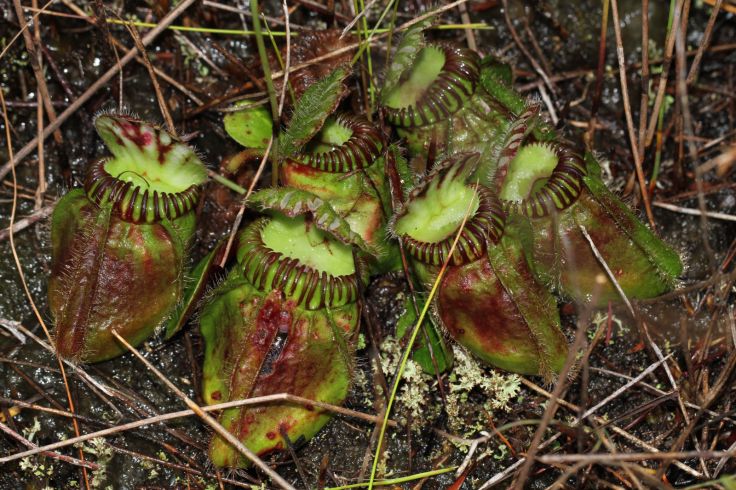How carnivorous plants have evolved to become 'meat-eaters'
Scientists have sequenced the genome of the Australian pitcher-plant.
Scientists have for the first time sequenced the genome of a carnivorous plant known as the Australian pitcher plant – or Cephalotus follicularis. The findings shed a light on how carnivorous plants have evolved and adapted to attract, capture and digest their preys.
The origins of carnivory in plants is a mystery that has long fascinated researchers. The evolutionary pathways to becoming a carnivore, in particular, have long remained unclear.
In the study published in the journal Nature Ecology and Evolution, an international team led by Victor Albert from University at Buffalo (US) has suggested that there might not be many evolutionary routes to carnivory.
Even distantly related carnivorous plants may have evolved to become "meat-eaters" in relatively similar ways.
In a 1992 study, Albert had already published important findings showing how different pitcher plants and other carnivorous plant groups were related to each other. The scientist and his colleague had found out that the Australian, Asian and American pitcher plants have evolved independently from each other, and are only distantly related.
"In terms of their morphology, these plants are similar, but the way they develop their leaves is very different. The American pitcher plant is more related to the kiwi fruit than to the other pitcher plants. The Australian pitcher plant we have studied here is closely relayed to the starfruit. And the South-East Asian pitcherplant is close to buckwheat", Albert told IBTimes UK.
Convergent evolution
In this research, the scientists sequenced the genome of the Australian's pitcher plant – which displays carnivorous as well as non-carnivorous leaves. They found that despite its differences with the other pitcher plants, it appears that its path to carnivory was relatively similar – a striking example of convergent evolution, in which unrelated species evolve independently to acquire similar traits.

These traits include the fact that all three capture insects by luring them into a 'pitfall trap' – their cupped leaf with a slippery interior – from which the preys can't climb out. A soup of digestive fluids which sits at the bottom then helps the plants digest the flesh and exoskeletons of insects.
When comparing the digestive fluids of the Australian pitcher plant's carnivorous leaves with those of other carnivorous plants, the scientists found that some genes associated with stress-response in non-carnivorous plants are here linked to proteins involved in digestion.
The reason that plants evolved to carnivory is unclear, but may be a response to their environment. "Carnivorous plants often live in nutrient-poor environments, so the ability to trap and digest animals can be indispensable given the dearth of other sources of nourishment," concluded study co-author, Kenji Fukushima.
© Copyright IBTimes 2025. All rights reserved.






















